#st joan of arc
Explore tagged Tumblr posts
Text






St. Joan of Arc, Pray for Us
#my chemical romance#mcr#gerard way#my chem#mychemicalromanceedit#mcredit#chappell roan#st joan of arc#vma 2024#vmas 2024#irl#mod post
3K notes
·
View notes
Text

Saint Joan of Arc.
707 notes
·
View notes
Text


how July feels
#the armour of God#joan of arc#girlblogging#girlblogger#girly things#lux lisbon#catholic girl#catholic blog#catholic aesthetic#lana del rey#aesthetic#this is what makes us girls#st joan of arc#cinnamon girl#vintage americana#girl blog#girl thoughts#thought girl#lizzy grant#trailer park princess#girl interrupted syndrome#catholic art#coquette#gothic#not mine#pinterest#the lisbon sisters#the virgin suicides#tulsa jesus freak#sofia coppola
880 notes
·
View notes
Text

Joan of Arc in prayer, by Albert Lynch
#joan arc#st joan of arc#joan of arc#art#painting#classic art#illustration#traditional illustration#xix#catholic#catholiscism#xix century#catholic church#catholic art#albert lynch
434 notes
·
View notes
Text
Can artists STOP dressing up like religious figures just to be provocative? They are disrespecting all christians and yes, I am referring to Chappell Roan singing dressed up as a nun or Joan of Arc.
Stop it. Nuns and Joan d'Arc aren't your LGBT+ icons. They are religious women the first and a beloved saint the second.
#and no joan of arc was not even trans#roman catholic#catholic#catholicism#chappell roan#catholic nun#joan of arc#st joan of arc#catholic saints#respect all religions
411 notes
·
View notes
Text

12/30/2024
And so it ends... FOR NOW?!?!?
___ AUTHOR'S NOTE: Well, it's finally over. Thanks for sticking through it with me. This series was really fun to draw, and it gave me a chance to do two things I found surprisingly fun: (1) draw several anachronistic saints interacting with each other and (2) make a bunch of RPG jokes in a religious context. To be honest, it was stressful. First off, I hardly have any time to draw these days, so committing to two comics a week was an insane thing to do, especially for the holidays. Second, I had the whole 10-part series planned out at the beginning, but then my mind was so flooded with new jokes as I went that I had to re-write and re-plan almost every week in order to keep the series to the original 10 parts. I have a ton of jokes I had to skip, but I'll keep note of them in case I revisit this concept in the future. Ultimately, I'm frayed and unsatisfied, but I enjoyed myself and learned as I went, and that about sums it up. Maybe I'll write a retrospective to post on Patreon, if I can get my thoughts in order. Anyway, once again, thank you all for indulging me in this incredibly unusual series. Tomics will return to relative normalcy soon. Merry Christmas, and Happy New Year!
JOKE-OGRAPHY: 1. Continuing from the last few cartoons, an angel has been introducing a few saints to playing a tabletop roleplaying game. This series has covered them learning how to make characters, culminating in them introducing their characters and ending with the story finally about to begin. 2. Most RPG players know the struggle of trying to find a group of like-minded players, of scheduling regular sessions, and of actually making it to the end of a full campaign. Many campaigns end prematurely because the players start having interpersonal drama, or because their busy schedules just don't match up, or because the group simply gets burnt out. The end of this cartoon makes light of this earthly reality. Hypothetically, if an angel DID run an RPG campaign for some saints in heaven, they'd all be free of the all the flaws and struggles that would normally force a campaign to end prematurely.
#catholic#christian#comic#cartoon#catholic memes#christian memes#tomics#st thomas#st thomas aquinas#st francis#st francis of assisi#st joan of arc#joan of arc#st nick#st nicholas of myra#angel#rpg#ttrpg
241 notes
·
View notes
Text
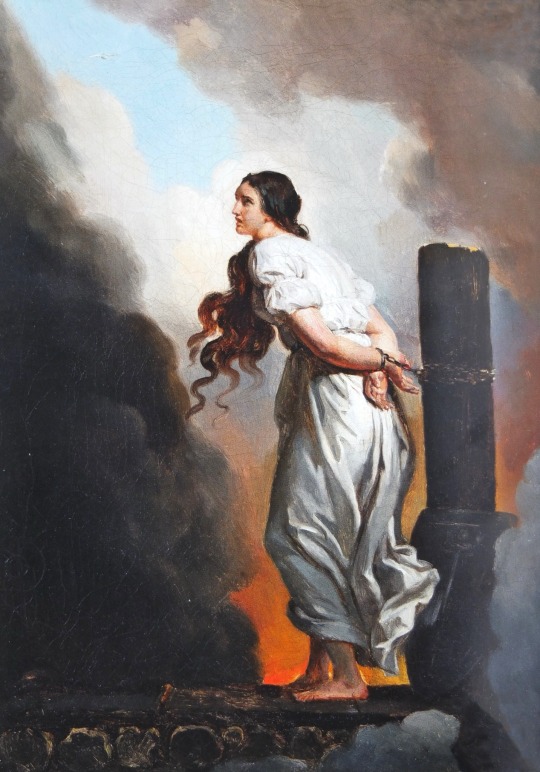
Joan of Arc at the Stake by Alexandre-Évariste Fragonard
#alexandre évariste fragonard#art#jeanne d'arc#joan of arc#st joan of arc#history#france#french#religion#middle ages#medieval#saints#saint#christianity#christian#religious#europe#european#religious art
698 notes
·
View notes
Text



♱ Happy birthday, St. Joan of Arc .ᐟ .ᐟ
May your devotion to faith and your courage remain an eternal example to us all. We pray that you will continue to intercede with the Lord for us, inspiring us to do righteous deeds and to have strong faith
#joan of arc#st joan of arc#happy birthday#girlblogging#thought daughter#girlish#girlhood#coquette#marie antoinette#lana del rey#lizzie grant#girl blogger#i’m just a girl#lana unreleased#i wanna be perfect#girl interrupted#im just a girl#girlblog#girl thoughts#hell is a teenage girl#girl interupted syndrome#gaslight gatekeep girlblog#live laugh girlblog#gaslight gatekeep girlboss#just girly things#female hysteria#coquette dollete#lana del ray aesthetic#jeanne d'arc#french history
155 notes
·
View notes
Text
art 4 trans solidarity !!! cool shirts!!! 🏳️⚧️💕🌷



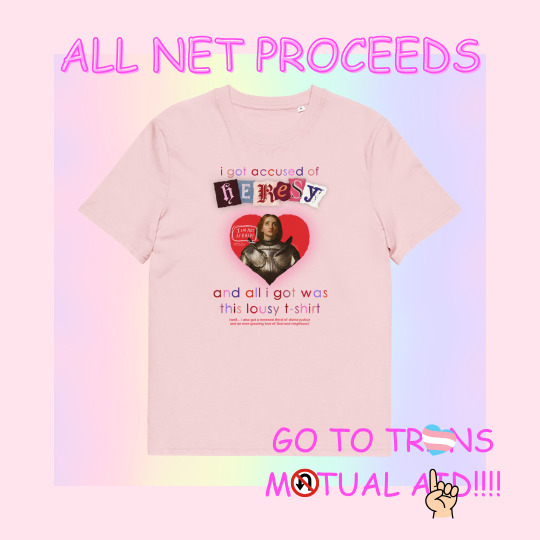
for this initiative, i'll be helping out Emma. Emma is a 25-year-old Mexican trans woman, fellow God & Virgencita lover, coder, singer, music producer, model... she does it all!!! she's currently fundraising for gender affirming surgery & dealing with employment discrimination as a trans woman.
**it isn't letting me link anything (neither store, shirt or Emma's fundraiser) so i'll leave the links in the comments/reblogs mwah mwah mwah
[ limited edition !!! available until Jan. 5th, 2025 ]
#id in alt text#it really isn't letting me link shit#my art#trans visibility#trans mutual aid#heresy#christian art#art#queer#lgbt#etsy shop#andhersaints#grrrr#trans catholic#joan of arc#st joan of arc#i'm just tagging shit bc i really want this to give emma a lot#pls share around#GET A SHIRT#or donate to her gender-affirming surgery gfmword#meow meow meow#lousy t-shirt
158 notes
·
View notes
Text

"Saint Joan of Arc" by Paul Antoine de la Boulaye (1909)
#joan of arc#st joan of arc#saint joan of arc#Paul Antoine de la Boulaye#painting#art#traditional art#classical art#oil painting#paintings#inspiration#art inspiration#20th century artist#20th century painting#20th century art#20th century#1900s#1900s art#women with swords#women in classical art#women in art#women in paintings#obsession of aesthetic#obsession of aesthetic shop#red#sword#1909#inspo#art inspo
61 notes
·
View notes
Text

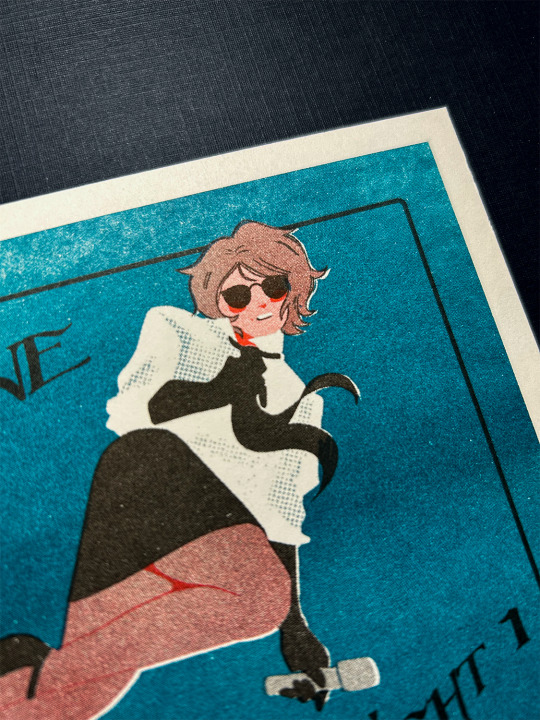


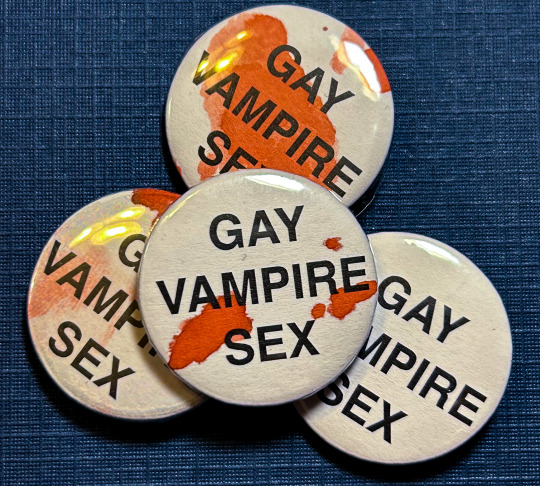

Hey babes! I’ve got a sweet Halloween deal for you. Use the code SAINTSPOOKY on your order to get free shipping 🎃👻 viable until 11:59 Halloween night 🖤
#mcr#gerard way#my chemical romance#my art#my chem#digital art#mcr art#hesitant alien#st joan of arc#Joan Gerard#nurse gerard#mcr tour#mcr buttons
458 notes
·
View notes
Text




Go forward bravely. Fear nothing. Trust in God, all will be well.
-St. Joan of Arc
#christian blog#catholic#christianity#catholiscism#christian faith#jesussaves#joan of arc#st joan of arc
164 notes
·
View notes
Text

92 notes
·
View notes
Text

take his body as a relic to be canonized
#gerard way#my chemical romance#mcr#joan of arc#st joan of arc#gee way#three cheers for sweet revenge#the black parade#mcr art#my chem#my chem art#my chem fanart#my chemical romance art#mcr fanart#gerard of arc#art#my art pile
550 notes
·
View notes
Text
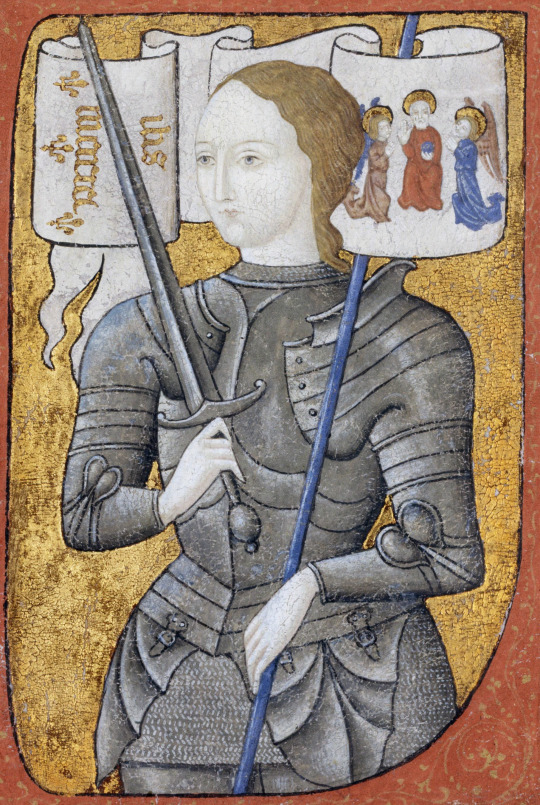

Poll based on winners of each previous bracket!
After this poll is over, our winner will be crowned the patron saint of Tumblr. Then we will have losers brackets, a beatified bracket, Marian apparitions, and more!
#st mary magdalene#st joan of arc#i feel no pity for any of you in the making of this bracket#catholic#catholicism#catholic saints#catholic saint tournament#christianity#tumblr tournament#tumblr polls#tumblr bracket#polls#theology
630 notes
·
View notes
Text
I digitally painted St. Joan of Arc because I was bored and that means I nerd out about history
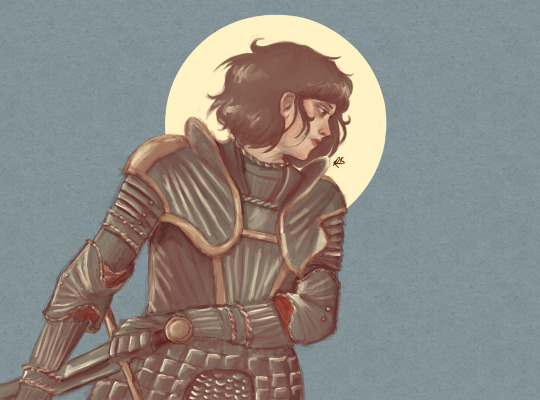
I just wanted to remind everyone that 15th century French Armor is THE prettiest example of medieval armor
#st joan#st joan of arc#joan of arc#jeanne d'arc#history#historical art#my art#digital art#art#realism#15th century#French armor#french history#religious art#religious history#medieval#medieval times#saint joan#saint joan of arc#france
211 notes
·
View notes